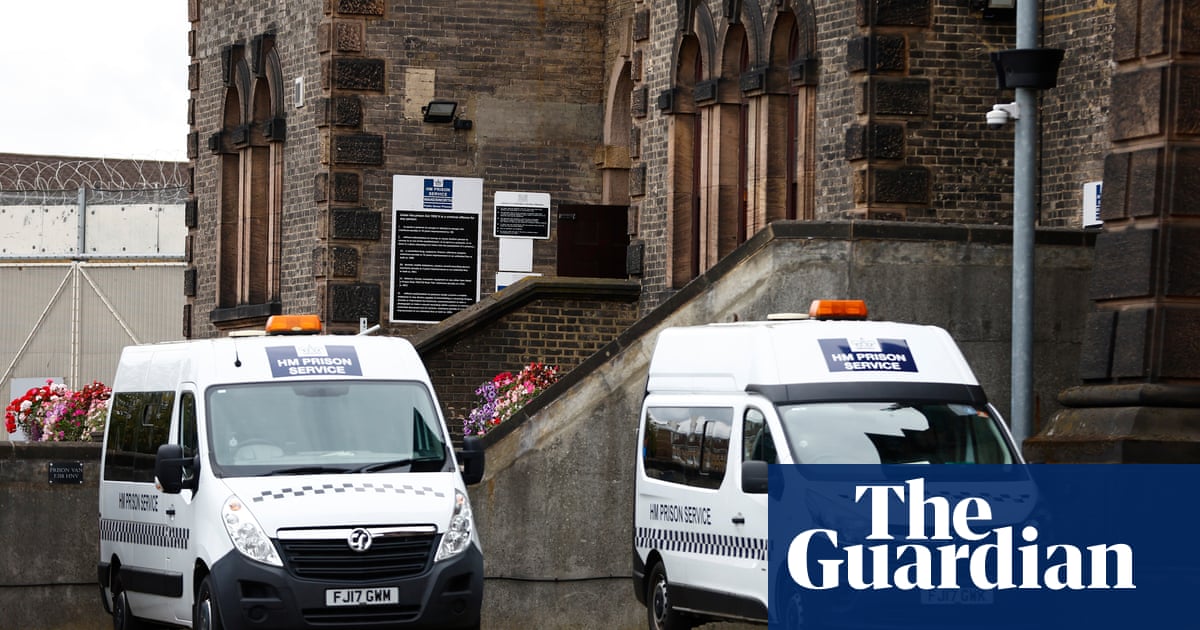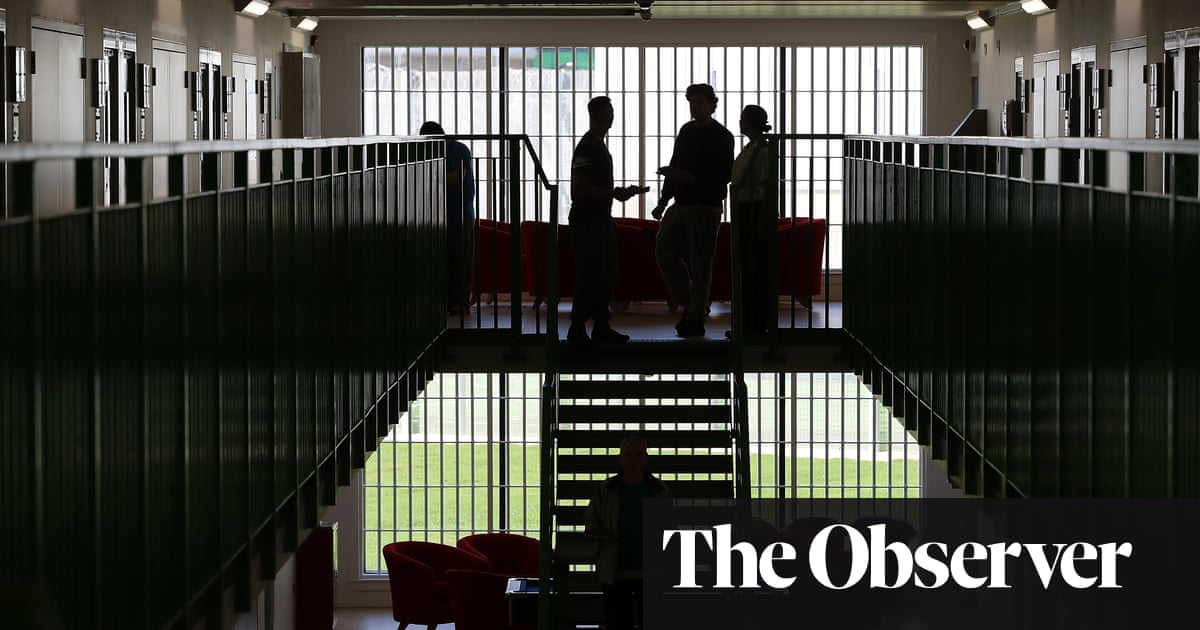
A prisoner escape, widespread overcrowding and the refusal of a German court to extradite a man to the UK because of concerns about jail conditions in Britain have all put the focus back on the creaking prison system.
But the state of the prison system in England and Wales has been a problem for years, with inmate numbers rising while funding and staffing are on the decline.
The following charts show the pressures over the past two decades.
There were 87,685 prisoners across the male and female estates last week, 7.5% higher than in the same week last year, Ministry of Justice (MoJ) figures show.
The full month figure for September has not yet been published but, assuming it stays at that level, it still won’t have reached the record prison population figures recorded in winter 2011-12: the number of prisoners exceeded 88,000 briefly that November.
Numbers are on the rise, though: the MoJ estimates the prison population could reach more than 100,000 within two years under its higher population projections.
This figure is partly driven by the number of prisoners on remand in England and Wales, which is at its highest level in more than two decades, with more than 15,500 people awaiting trial or sentencing as of the end of June.
The increase in the remand population has been particularly acute since the pandemic, with one stat in particular standing out on this front: one in five people in prisons were on remand in mid-2023 compared with one in nine in the last pre-pandemic year, 2019.
Another factor driving the increase is that the number of people handed longer sentences is growing.
More than 32,200 people were in jail for a sentence of four years or more in June 2023 compared with 23,700 in June 2010, a 36% increase (in the same period sentences of between one and four years dropped by a similar proportion while sentences of one year or less dropped 54%).
This has been a longstanding problem, with two ways of measuring prison overcrowding.
One measure is the proportion of those in cells with more prisoners than the cell is intended to hold. In March 2023, almost a quarter of prisoners were in cells with more people than intended for that space.
The other is the “certified normal accommodation” limit of the prison; in other words whether prisons are operating above the decent standard of accommodation that the service aspires to provide them. By this second metric, close to two-thirds of prisons in England and Wales were overcrowded last month, with eight prisons at accepted accommodation levels of 150% or more.
The era of austerity led to severe reductions in government spending, with the MoJ experiencing deep budget cuts.
Between 2010 and 2017 the number of frontline operational prison staff fell by 26%. The government has now partially reversed the decline, but there are still 10% fewer staff than there were in 2010.
Staff retention is a problem. Almost half the officers (47%) who left the service last year had been in the role for less than three years.
This combination of factors has led to less experienced prison staff with about half of prisons’ frontline operational workers having four years or less in the HM Prison and Probation Service. The equivalent figure in 2015 was 15%.
A recent government release announcing 131 prisons spaces at the former Rainsbrook site was upbeat, citing “the government’s commitment to boost prison capacity, which includes creating 20,000 modern prison places, the largest prison-building programme since the Victorian era – with 5,400 of these places already delivered”.
But the tone of a recent report on day-to-day spending by the House of Commons Library struck a different tone.
It noted that, under the latest expenditure limits set by government, the department “must fund existing prison services in addition to the new prison capacity created by the prison capacity programmes”.
“Funding pressures are likely to continue beyond 2023-24 as current plans do not indicate any material uplift in this budget.”
Since 2010-11 resource expenditure for HM Prison and Probation Service has increased by just over £1bn but the real-term budget is still 5.3% less than it was back then.
Safety in prisons has deteriorated over the last decade, with the death rate increasing from 2.3 deaths for every 1,000 prisoners in 2013 to 3.8 for every 1,000 in 2023. More than half of the deaths in prisons were due to natural causes, rising to over two-thirds between 2020 and 2022.
The number of self-harm incidents, including cutting, overdose and hanging, reached its second highest on record in the year to March 2023, with 733 incidents for every 1,000 prisoners. This is only below the rate of 768 for every 1,000 recorded in March 2020.
Assaults both against staff and prisoners fell during the pandemic but have increased since them, with 185 assaults against prisoners for every 1,000 prisoners, and 92 assaults against prison workers for every 1,000 prisoners registered in the year to March 2023.












